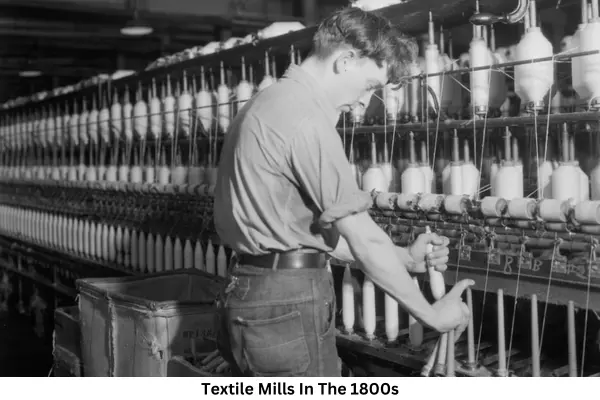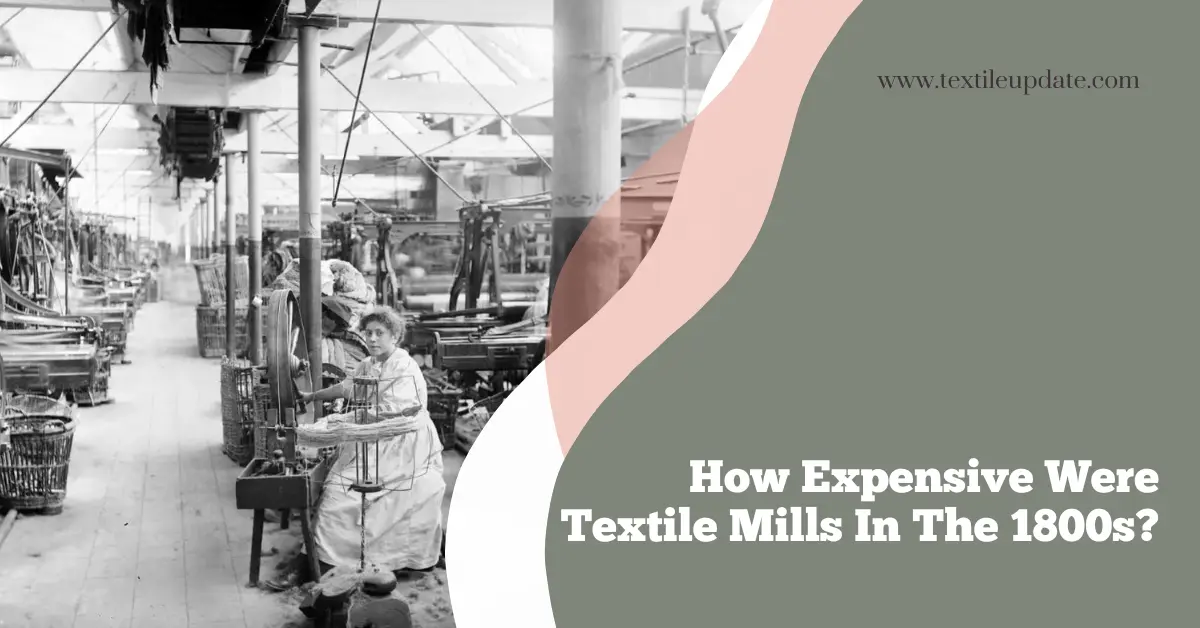When we think of the textile mills in the past, it is because they are associated with poverty. They used to be a major force that helped to shape the fabric we wear and many of the people who used to live in the countryside or small towns were textile workers. Textile production used to be such a major part of the economy that it was considered a way of life. And textile mills were run by women and children as well as men. In fact, it was common for there to be two families running these textile mills, so it was more than just a business but also a way of life for some.
Textile Mills In The Early Days
But, as history progressed, the textile industry became industrialized. And while it is true that textile manufacturing did help to improve living standards, it also helped to create a lot of wealth for the industrialists. This is because textile products could be manufactured at a much lower cost than other types of textile products. This, of course, helped to boost textile mills in the US and in other countries as well. So, how expensive were textile industries in the 1800s?
Let’s look at what a textile mill was. The textile industry’s definition varies from one dictionary to the next. However, most texts divide textile mills into three main categories – spinning, weaving and knitting. Some texts break these down even further by classifying the different types of textiles that were used in textile factories.

The textile mills of yesteryear were the result of very advanced technology. Back then, people didn’t know exactly how to make textiles. They would simply use natural materials like wool and cotton for the foundation of the fabrics that were to be made. Sometimes, they would add some fire or smoke to the fabric to have a certain dyeing or protection effect. And sometimes, all they used was natural dyes from plants.
Textile mills continued to progress throughout the Industrial Revolution. The spinning wheels that were once used to turn yarn around in a loom were replaced by more sophisticated devices that spun fabrics on a large platform. Soon, people were using machinery to directly cut fabrics rather than having the fabric turned around after it had been woven. In fact, textiles were being machine-washed at this point!
As you can see, the textile mills’ definition is very relative. It is determined by how textile mills were created and developed throughout the country. They were the result of technological advancements, innovations, and innovations that occurred throughout textile mills, not because of any one single factor. So as you can see, the question of how expensive were textile mills in the early days does not have a simple “yes” or “no” answer.
May you also like to read:
